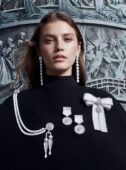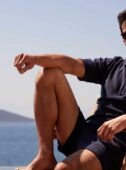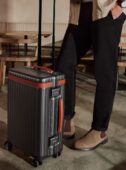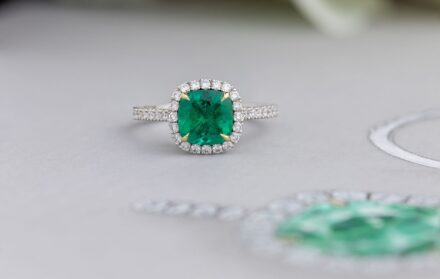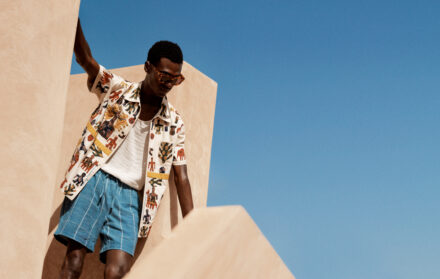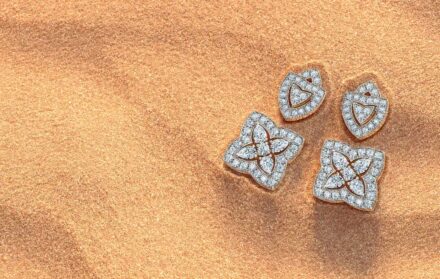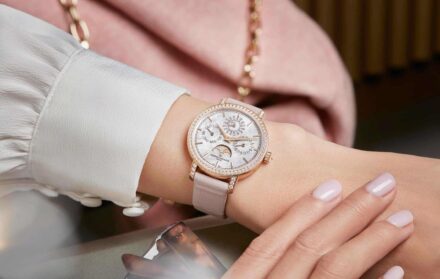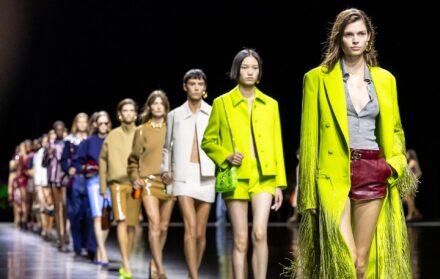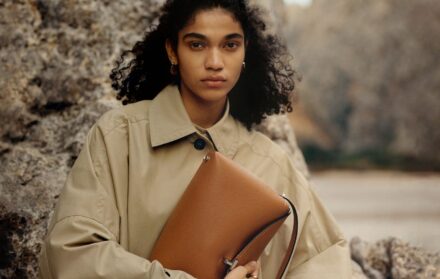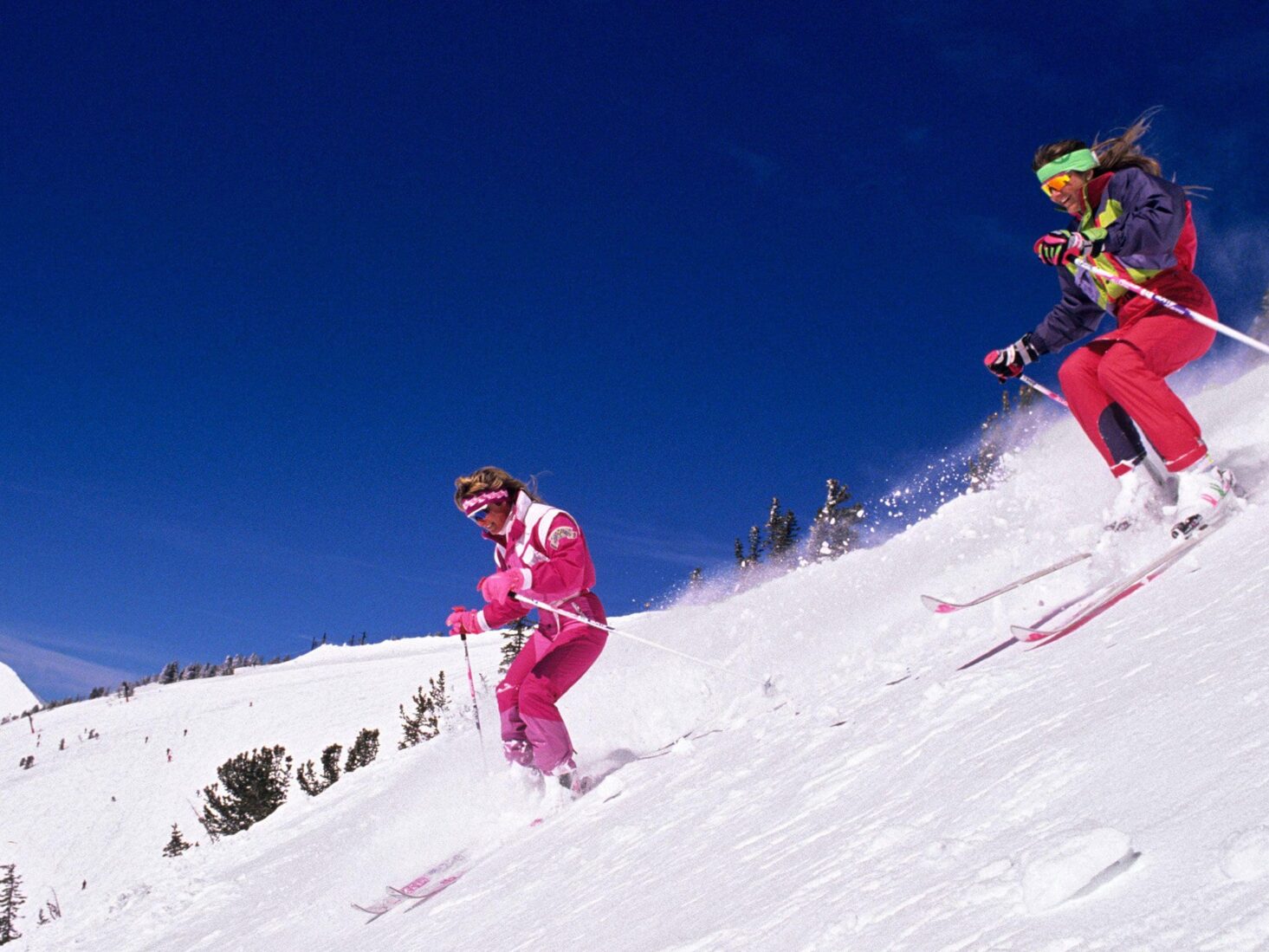
Alpine chic: A brief history of ski style
For over a century fashion designers have been enticed by the allure of the mountains, outfitting the Jet Set for their Alpine adventures in peak-chic attire fit for Gstaad and Courcheval. Through sleek stretch ski pants
Ski resorts have a magical quality: far removed from daily life, above the clouds, surrounded by nature, it often feels like you’re on another planet entirely. It’s no surprise, then, that ski wear, toeing the line between fashion and function, is having such a moment – after nearly two years of cancelled holiday plans and shut down resorts, we all need a little escapism.
Though the 2022 Winter Olympics kicked off in Beijing only last week, athletes have been relishing the opportunity to show off their own slope style and designers are firmly on board too. Just this weekend Julia Marino took silver for Team USA in the women’s slopestyle event on a snowboard from Prada’s Linea Rossa collection, for which she is a brand ambassador. From Team Italy’s impeccably tailored Giorgio Armani opening ceremony looks, to Canada’s Lululemon uniforms, Germany’s Adidas outfits and Team Sweden’s Uniqlo regalia, the games have become a veritable snow style runway, proving that you can indeed be sporty and still look cool.
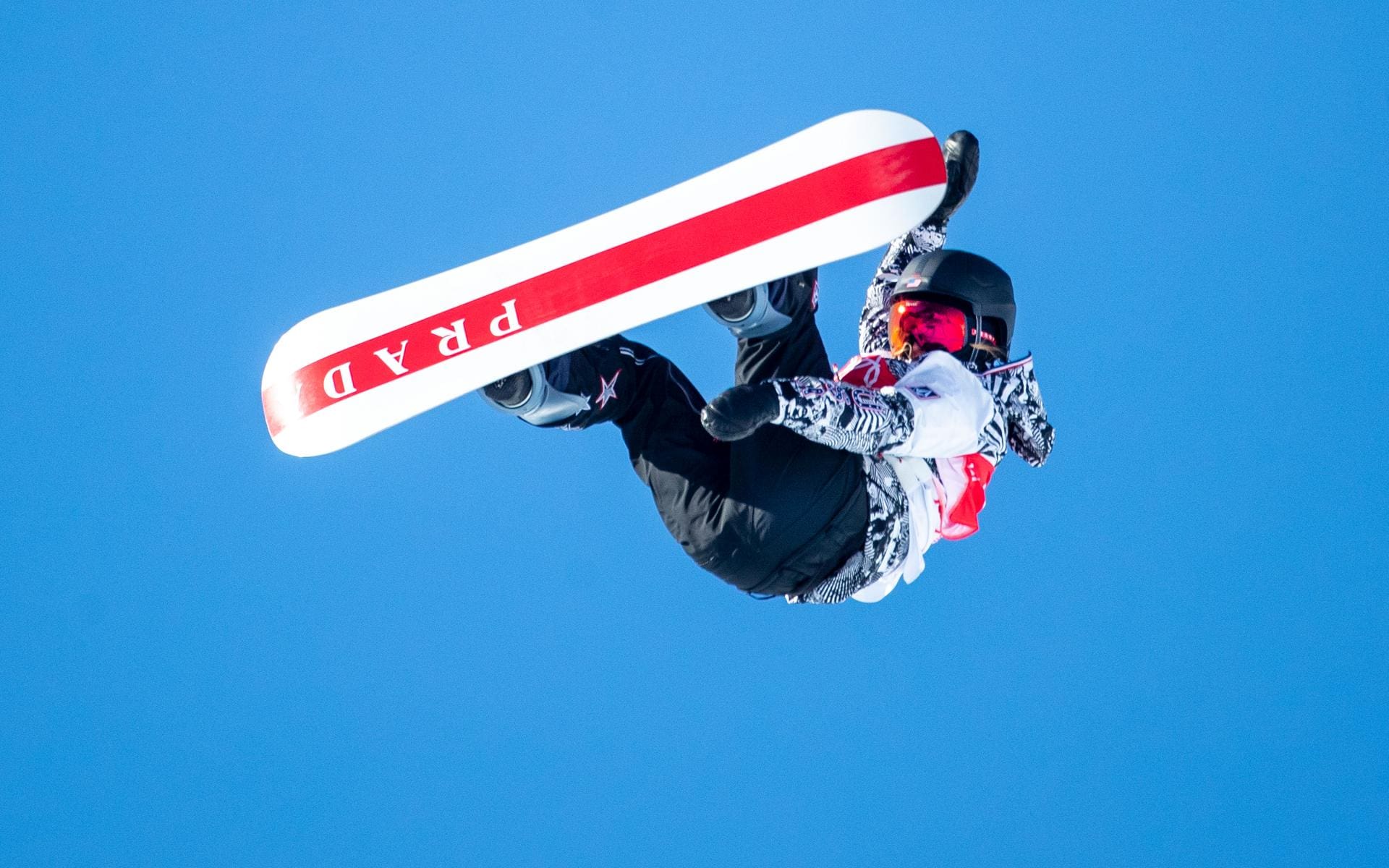
For AW21, designers channelled their inner snow bums. At Miu Miu, Miuccia Prada’s models forewent the runway, instead walking the slopes of Cortina d’Ampezzo in candy-coloured puffers, bundled up like babes in layers of bright crochet with yeti-inspired footwear to boot. At Thom Browne, world champion ski racer Lindsey Vonn was enlisted to slalom between models dressed in a range of down quilted suiting and ballgowns – not the most practical, but breathtaking all the same.
French fashion houses Chloé and Balmain took the alpine chic hype a step further, collaborating with well-known slopestyle heavyweights Fusalp and Rossignol, respectively, to offer up collections suited for high altitude action on the slopes, as well as the all-important après. Each capsule collection is as chic as it is technical, providing everything the stylish skier could require, whether you’re shredding off-piste or spending the day in ski school.
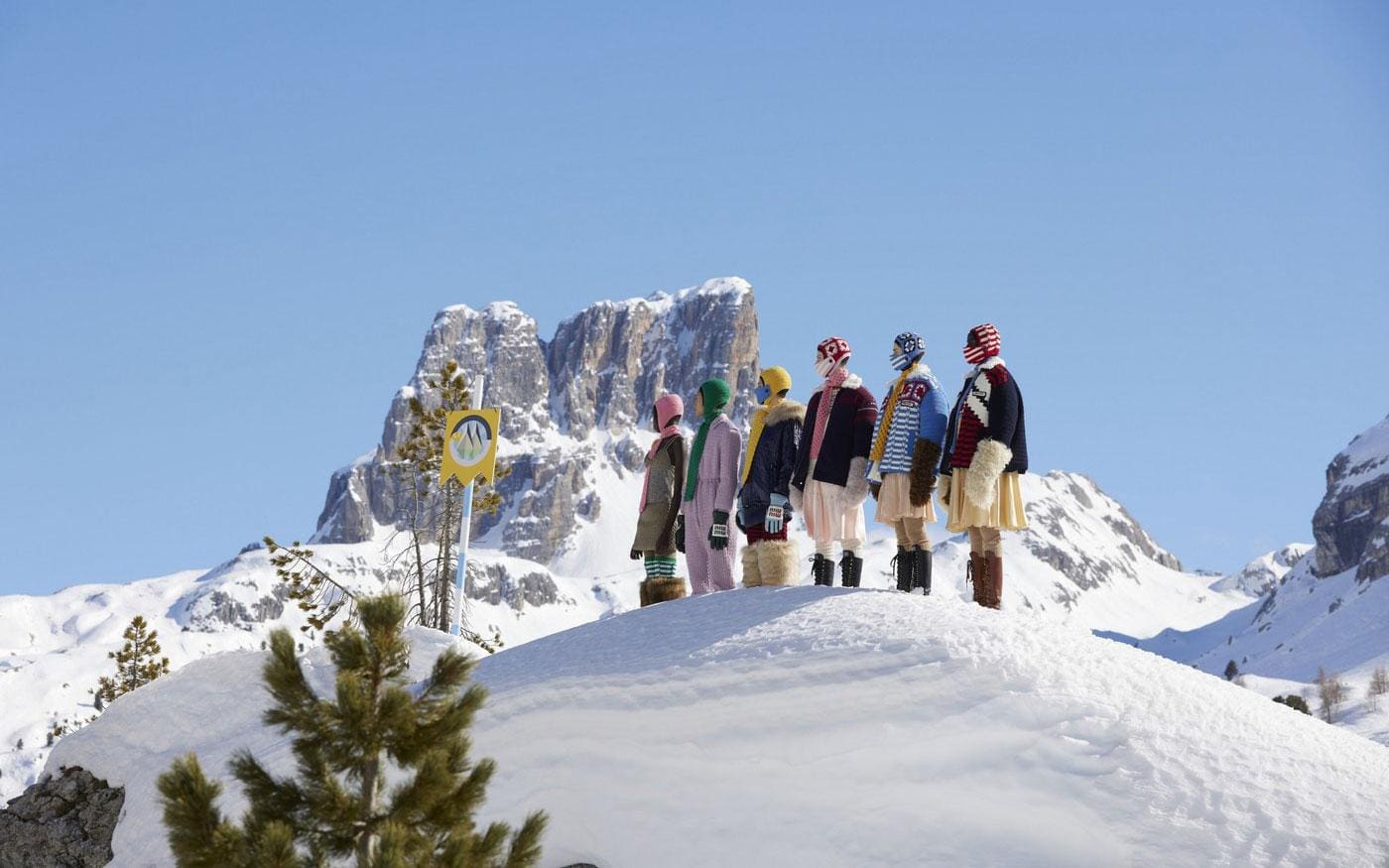
But this is no flash in the pan trend. Ski wear has walked hand-in-hand with fashion for a century, adapting to the ebb and flow of trends and making its own mark on contemporary style off-piste. Through sartorial peaks and valleys, from stretch ski pants and era-defining suits to Moncler puffers and Moon Boots, take a look back at the evolution of ski style.
1920s – 1930s: High fashion meets high altitude
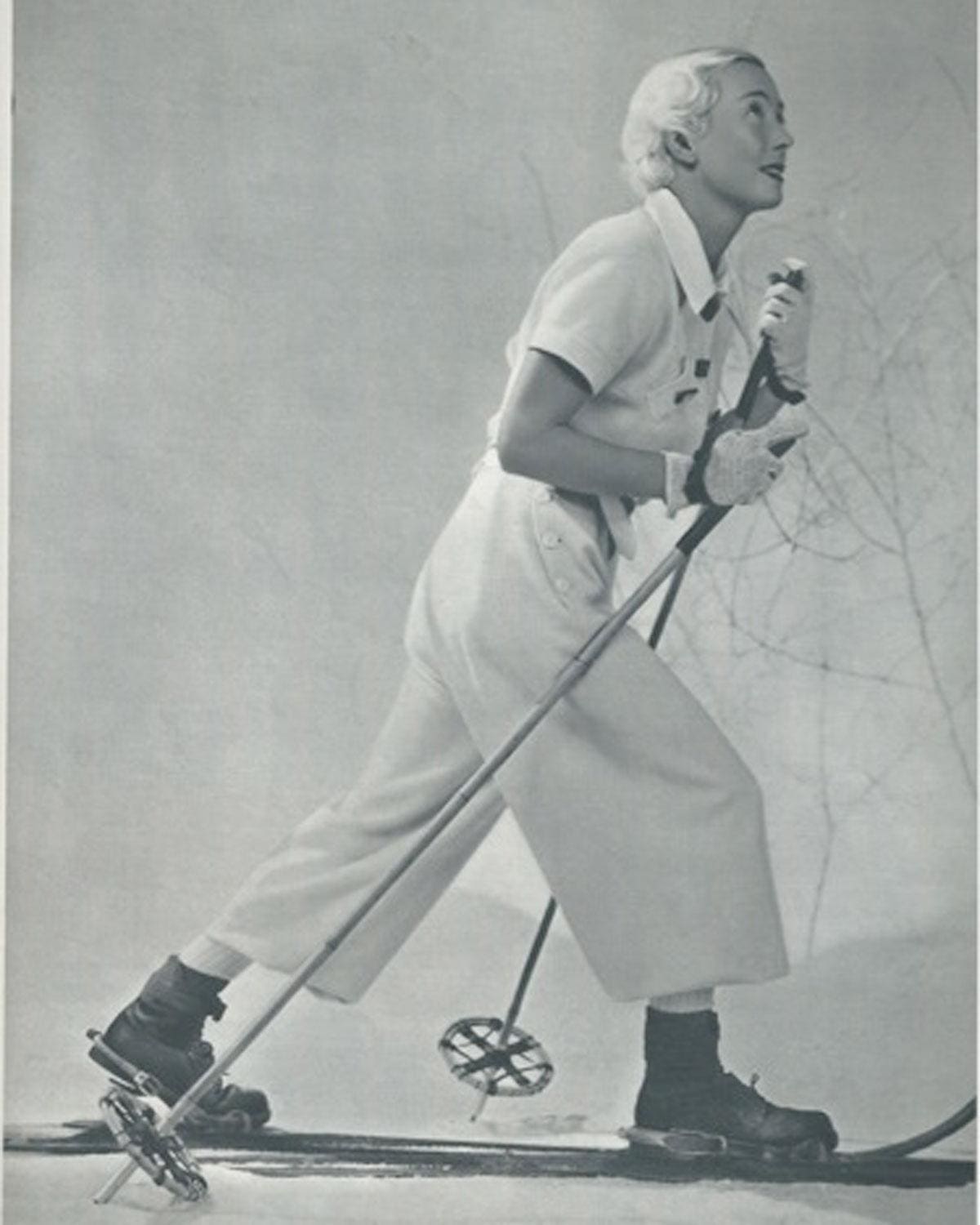 | 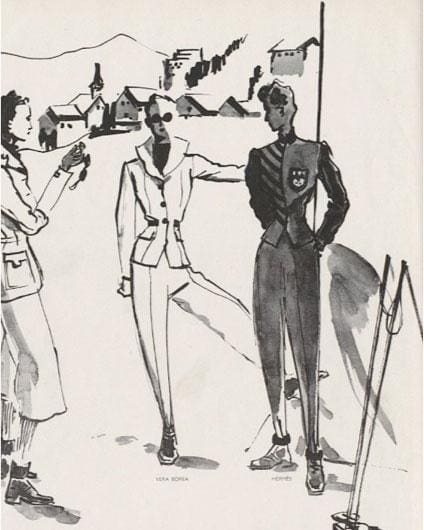 |
The popularity of winter sports soared in the Roaring Twenties as expanding European travel made small resorts like Gstaad and St Moritz more accessible. For many, skiing was as much a social event as it was a leisure activity. The high cost, remote locations and specialist equipment left room only for a select group of European aristos, artists, film stars and the super-wealthy.
When these bright young things weren’t busy painting the town red back in London, a trip to the Alps posed a chance to see and be seen in the latest winter fashions. Cosy Fair Isle knits and jerseys (like Coco Chanel’s, inspired by British aristocracy) were popular, worn with long woolen trousers or even skirts. The inter-war Golden Age of couture was in full swing and as designers envisioned dress codes for a new age, they seized the chance to make their mark on the slopes.
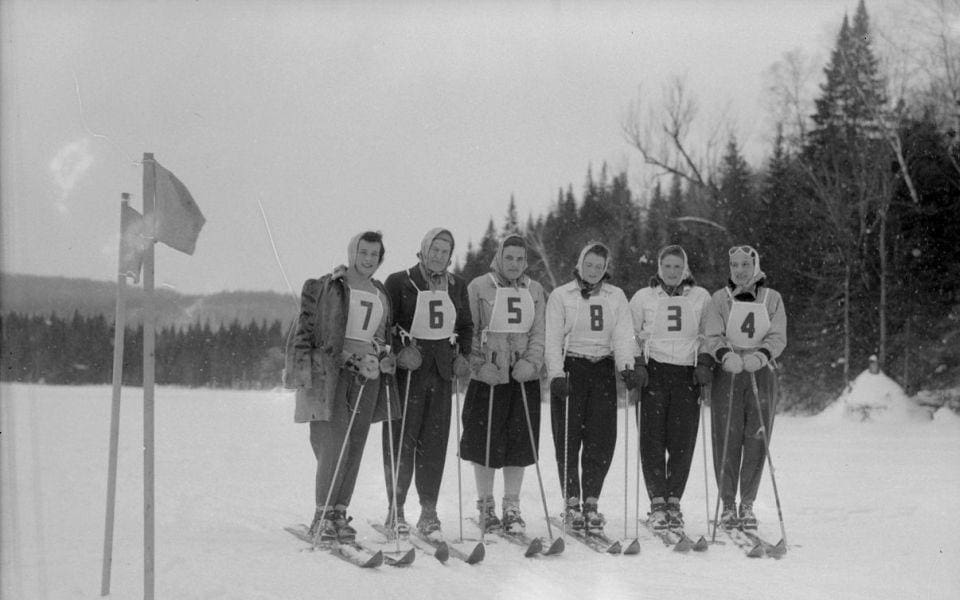
French couturier Lucien Lelong created flapper-approved ski wear for the bobbed debutante: a two-piece, columnar ski suit, complete with gradient Art Deco stripes and matching hat, gloves and scarf. Italian designer and avid sportswoman Elsa Schiaparelli (whose daughter Gogo was a champion downhill skier) turned her Surrealist gaze to activewear with her 1928 collection ‘Pour le Sport’. By the mid-1930s, Schiaparelli’s colourful, coordinating ski suits and tortoiseshell goggles were a top choice among fashionable skiers.
As the allure of the slopes enticed a growing number of their clientele each winter, fashion houses took note. Throughout the ‘30s, brands and couturiers such as Jean Patou, Madeleine Vionnet and Hermes each began designing their own ski wear lines, causing an avalanche of style to sweep through the Alpine resorts where the Jet Set were setting up camp and building chalets. Paris couture had arrived in the mountains; bulky knitwear and heavy skirts were discarded and two-piece ski suits featuring wide-shouldered, double-breasted jackets and high-waisted, voluminous trousers proliferated the piste.
1940s – 1950s: Pucci and the birth of the modern ski suit
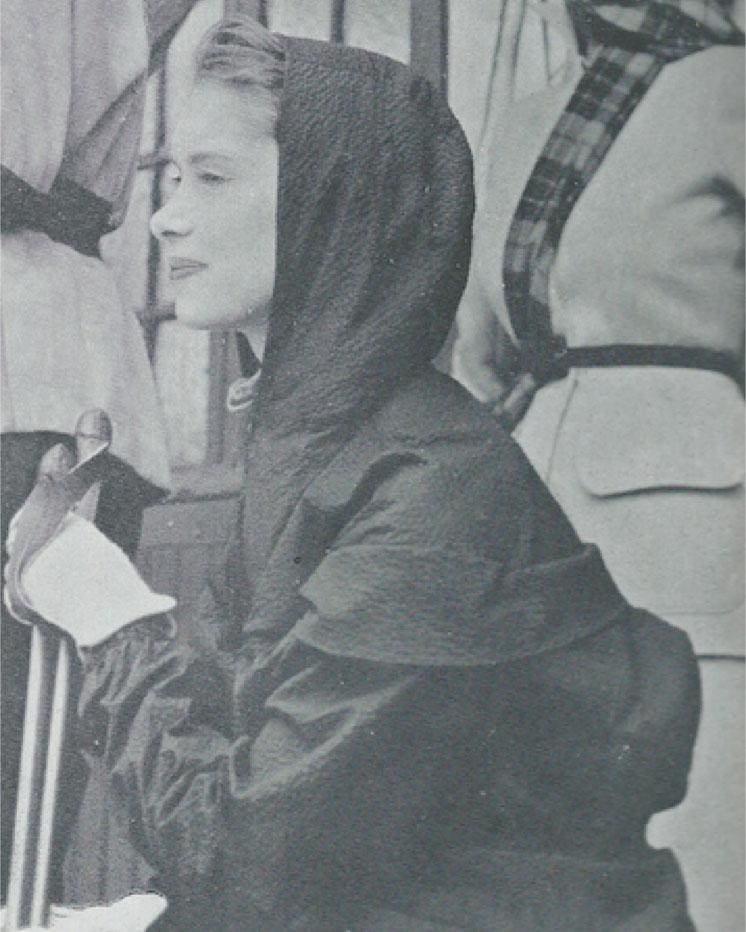 | 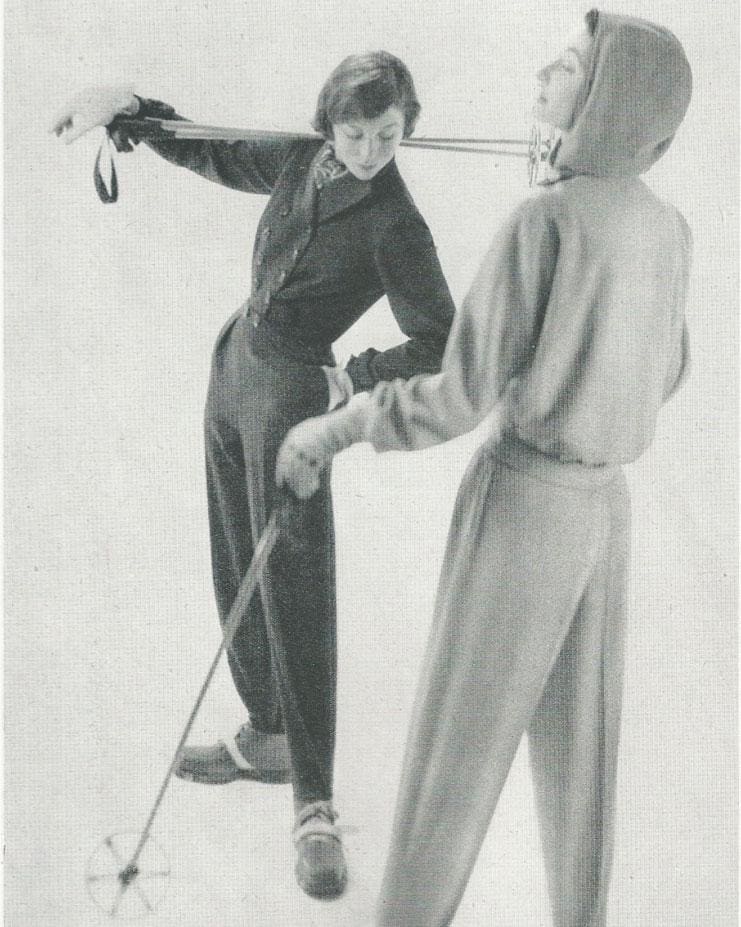 |
Ski wear continued to follow the trends du jour throughout the early 1940s, contending with widespread fabric rationing and a tendency towards the austere. Though many Alpine resorts were shuttered throughout the Second World War, visitors to California’s Sun Valley continued to flaunt the latest après-ski looks and piste-ready translations of runway styles.
It was Italian former competitive skier and air force captain, Emilio Pucci, who would usher ski wear into a new era with the genesis of the one-piece ski suit. After starting out his design career crafting aerodynamic competitive uniforms for Oregon’s Reed College ski team, Pucci turned his hand to creating chic and colourful skiing clothes for his friends. Much tighter-fitting than traditional ski styles, his designs featured bright, dazzling patterns and a stirrup to keep pants pulled tight into boots.
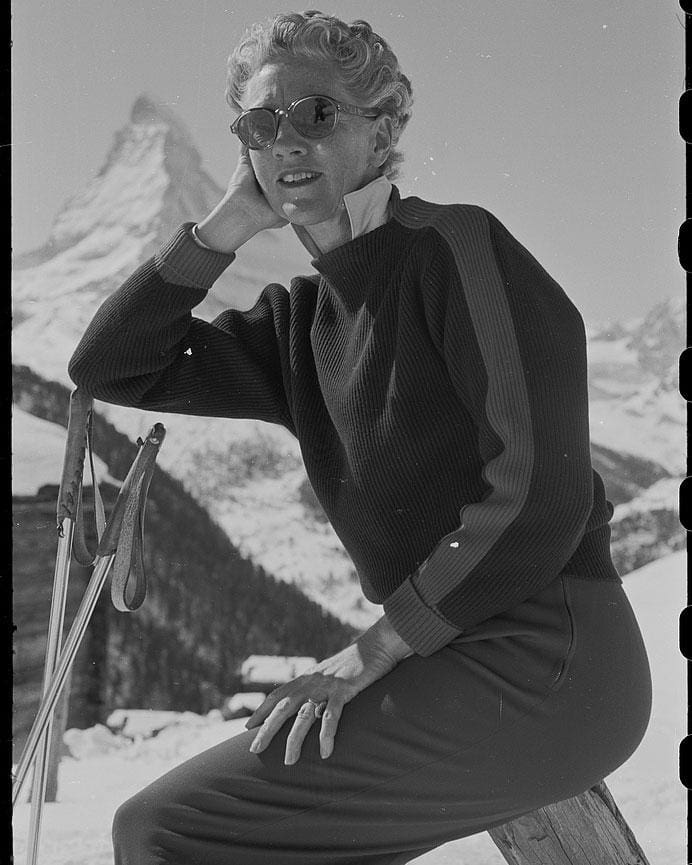
When visiting Swiss resort Zermatt in 1947, one of Pucci’s sleek designs caught the eye (and the lens) of Harper’s Bazaar photographer Toni Frissell. What followed is now fashion legend: Frissell’s editor requested that Pucci design a collection of ski wear for a feature on European winter fashion. The designer obliged and his creations filled the pages of the magazine’s winter 1948 edition. With that, the house of Emilio Pucci and the one-piece ski suit were born.
In 1952, the ski wear world saw the birth of two titans: Moncler (creator of iconic down puffer jackets) and Bogner, whose slim-fit stretch ski pants, made of nylon and wool in a rainbow of bright shades, immediately became the style to be seen in on the slopes, especially when paired with one of Moncler’s colourful cagoules or a luxe Fendi fur. Popular with starlets of the day, including Jackie Kennedy, Marylin Monroe and Brigitte Bardot, the stirruped style was exported back to the streets, becoming part of the wider fashion lexicon well into the ‘80s.
1960s – 1970s: Ski wear’s Golden Age
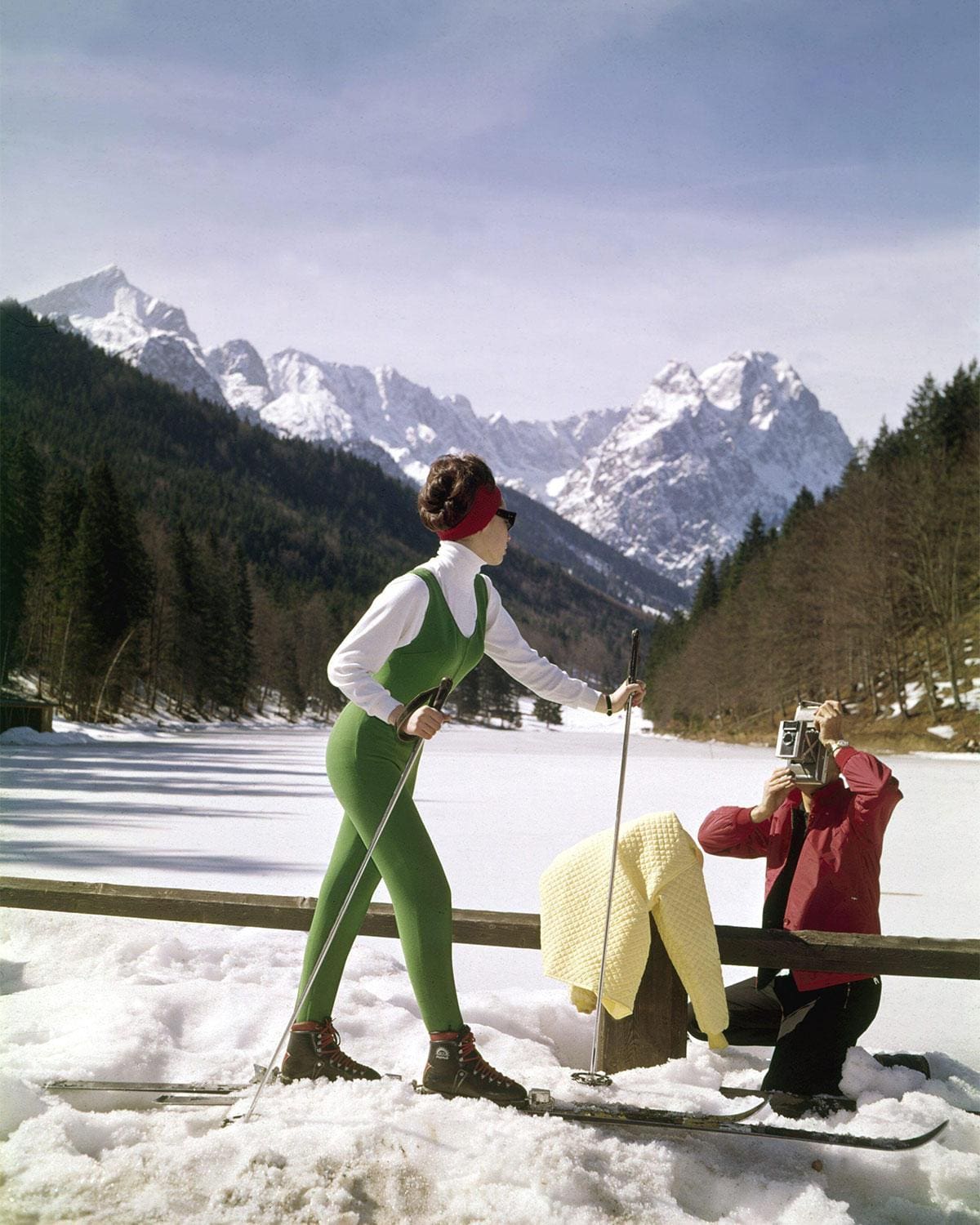
With the Sixties came a collision of Space Age hype, technological innovation and ready-to-wear fashion on a global scale. What resulted was a Golden Age of ski wear. Colours and prints were bolder and brighter than ever. Silver lurex and vinyl began popping up on the slopes and even the mini skirt had a look in, thanks to Paco Rabanne.
As ski style’s ultra-glam sex appeal skyrocketed courtesy of slinkier-than-ever suits, Hollywood began taking note. Bond film On Her Majesty’s Secret Service was one of the first to show these stylish ski suits in action while The Pink Panther leading ladies Capucine and Claudia Cardinale were outfitted in custom Yves Saint Laurent for skiing and après scenes.
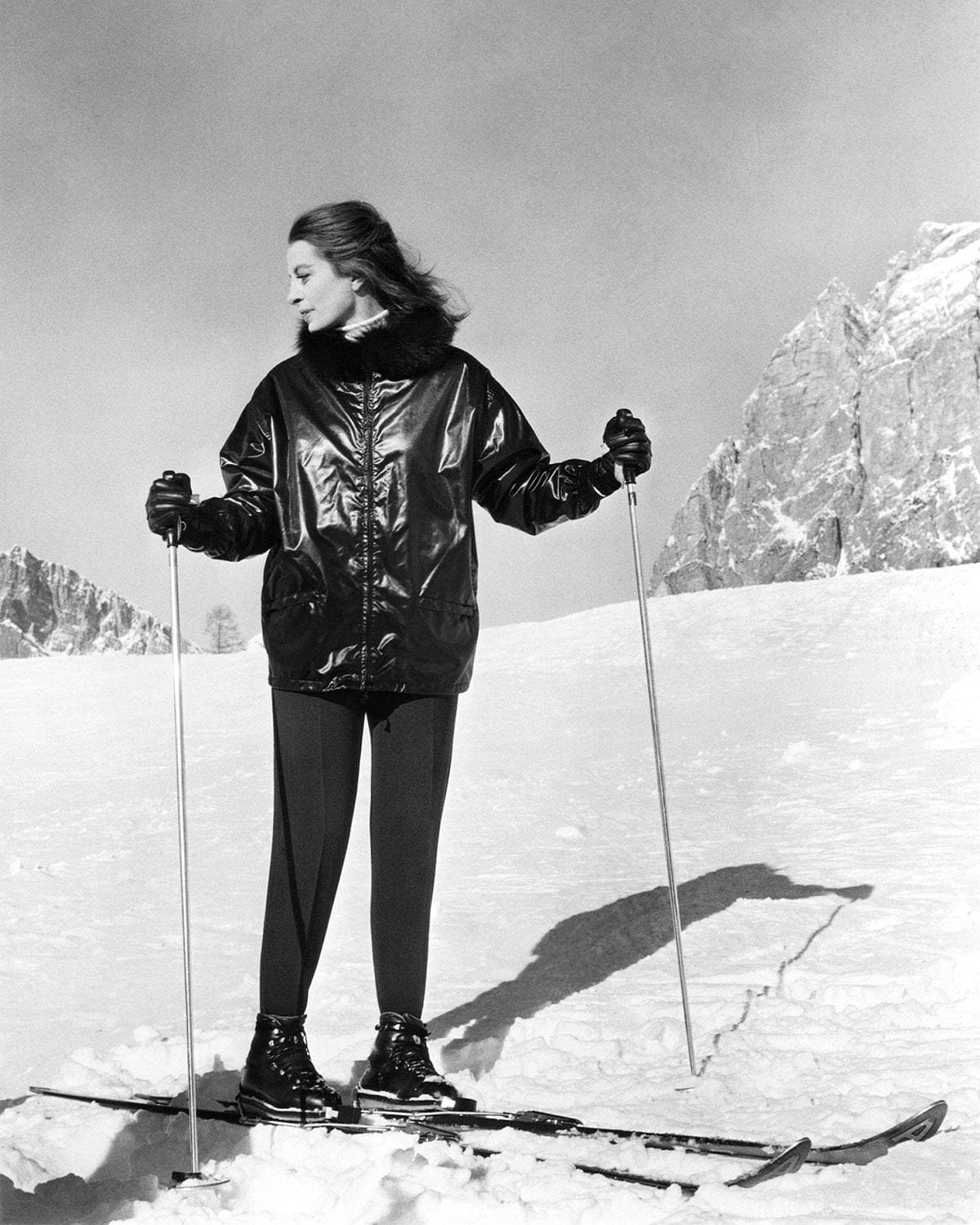
Style maven Audrey Hepburn ignited a style revolution when she appeared in the opening scene of Charade in a custom chocolate brown Givenchy bodysuit and drip-dry fur sweater, and women everywhere emulated the star’s look. Accordingly, Christian Dior, Pierre Cardin and André Courrèges all began producing their own high fashion skiwear lines, dressing the likes of Sophia Loren and Princess Grace of Monaco as the Jet Set descended upon an increasing number of purpose-built resorts, like Megève and Avoriaz. Futuristic, off-the-cuff looks quickly replaced classic styles, but as the decade drew to a close, luxurious furs made a return in the form of floor-length coats and Russian cossack hats worn with sumptuously soft knitwear.
As well as the widespread advancement of new technologies in ski wear, which saw priorities shifting away from style and towards substance, the hedonistic Seventies saw a brief departure from slim-fitted ski pants as the decade’s emblematic flares took the slopes by storm. Moon Boots made their debut, and quilted ski suits and bib-salopettes were paired with ribbed turtlenecks, emulating the Scandi style of ABBA in clashing reds, greens, blues and yellows as the fitness craze took off and sportswear codes began to bleed into contemporary style.
1980s – 2000s: The kids are alright
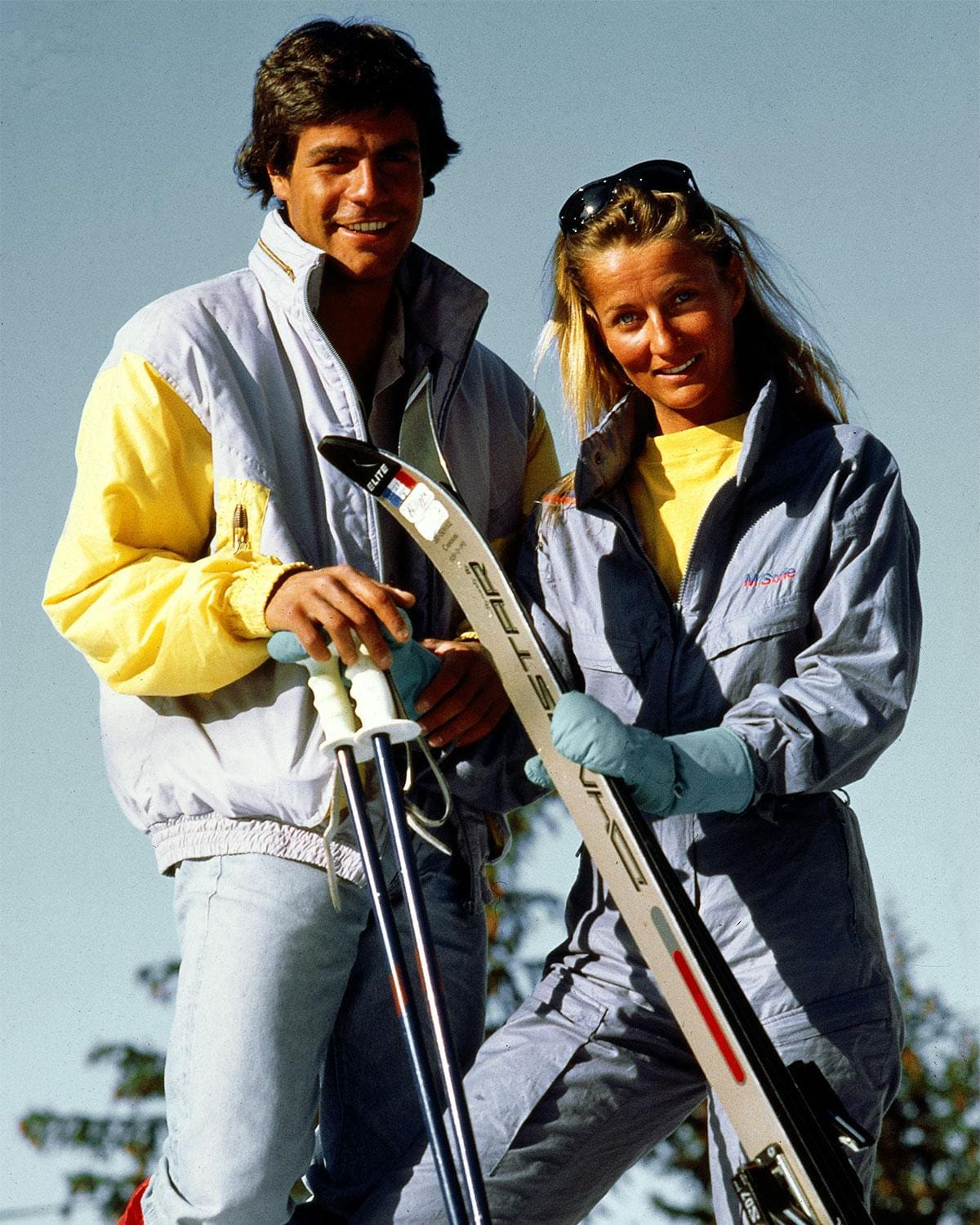
The 1980s ushered in an era of ski wear befitting the high-octane sport. Fluorescent colour blocking, dazzling prints, and the ubiquitous one-piece reigned supreme (Wham’s Last Christmas music video offers a masterclass in Eighties ski-bunny chic). Suits were much more technical, but nonetheless striking, with wide decade-defining shoulders and waspy, nipped-in waists. Who could forget Princess Diana’s iconic black ski suit with neon piping, worn while frolicking with Sarah Ferguson et al in the Swiss Alps?
Towards the end of the millennium, evolution in the aesthetics of ski wear had begun to ease up. For the most part, monochromatic fleece-lined ski suits remained the go-to look, in soft pastels or more sober, grown-up shades, with coordinating gloves and headbands or bobble hats.

The Nineties saw mountain style merge with streetwear as brands like The North Face, Columbia and Patagonia caught the eye of cool kids and snow bums alike. The growing popularity of snowboarding brought an edgy, youth-inspired look to the slopes with more relaxed, looser silhouettes that allowed for greater movement and, by the early Noughties, almost everyone on the mountain looked like a boarder.
These days, contemporary ski style is a pastiche of vintage and retro styles, souped up with all the bells and whistles of modern garment tech. Many high fashion houses have jumped on the ski wear bandwagon, producing high-quality functional (and often heavily logoed) pieces to suit all tastes, with Fendi, Prada and Pucci all releasing annual capsules to outfit their resort-bound clientele.
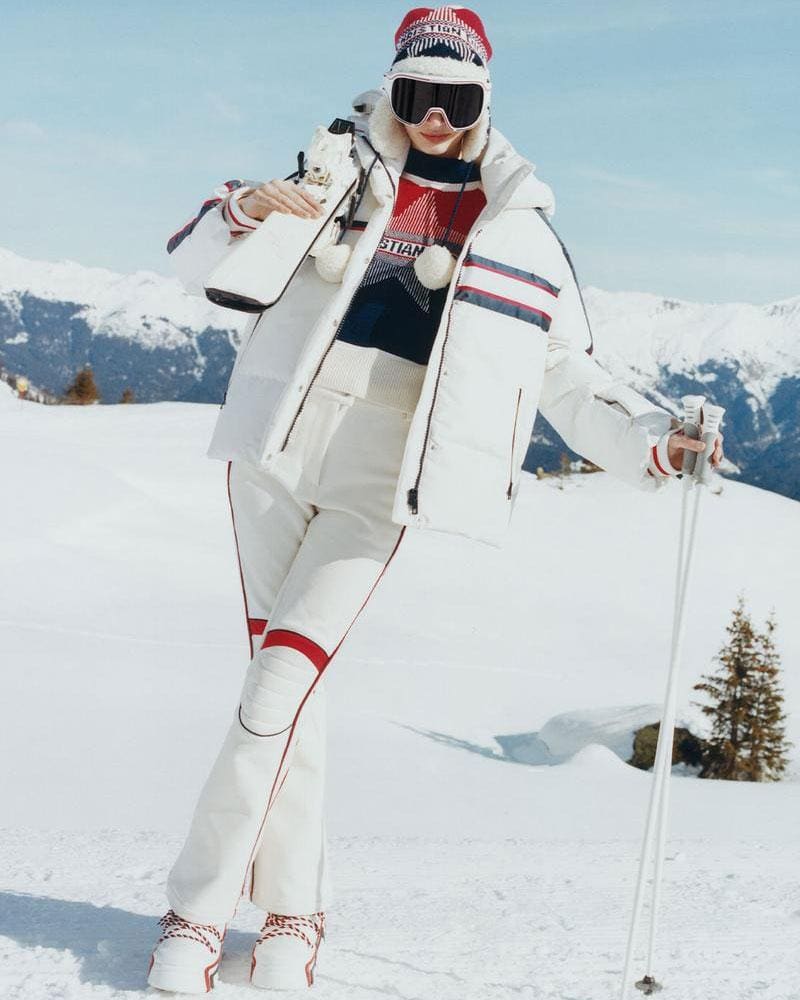
The ski wear trend cycle has come full circle, leaving room for all aesthetics to slalom freely among each other without appearing out of place. Looks by high end snowsports brands like Perfect Moment, Goldbergh and Fusalp litter the Instagram feeds of models, musicians, movie stars and influencers (the new Jet Set). Moon Boots remain an It girl obsession (style stars Dua Lipa, Paris Hilton and the Hadid sisters have all been spotted sporting a pair) and ski wear has extended its lifecycle: jackets appear on the streets of Soho more often than they do on the slopes thanks to the popularity of the puffer. Fashion has truly reached peak alpine-chic and the only place to go from here is après. Ours is a glühwein.
Read more: What to wear skiing – the essential womenswear edit
